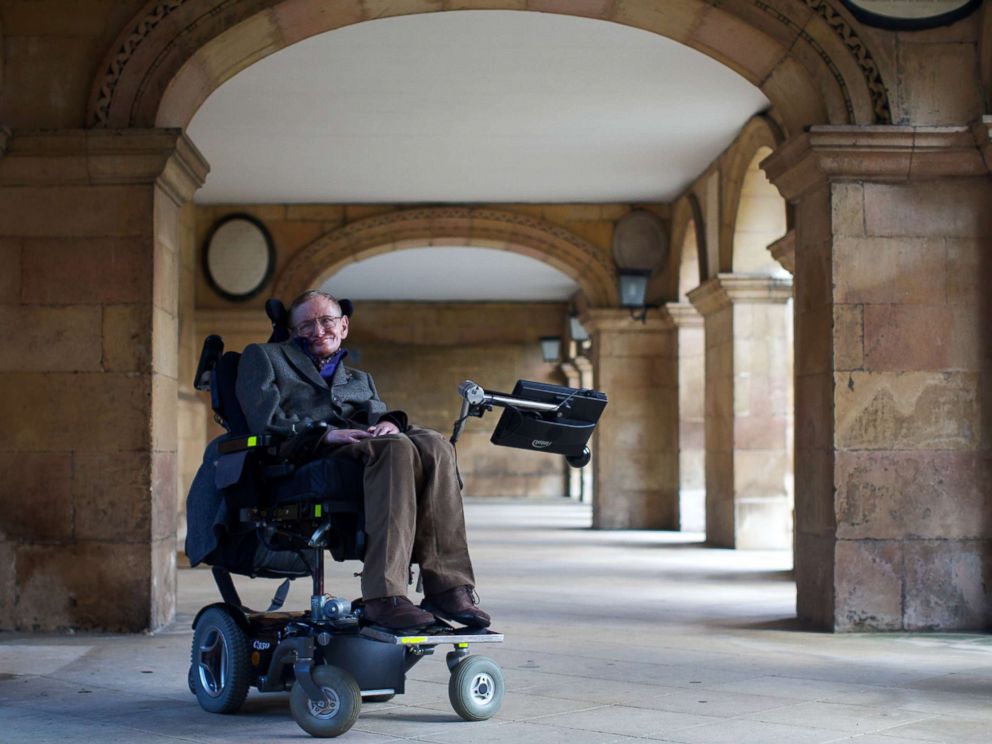A final theory explaining how mankind might detect parallel universes was completed by Stephen Hawking shortly before he died, it has emerged. Colleagues have revealed the renowned theoretical physicist’s final academic work was to set out the groundbreaking mathematics needed for a spacecraft to find traces of multiple big bangs.
Currently being reviewed by a leading scientific journal, the paper, named A Smooth Exit from Eternal Inflation, may turn out to be Hawking’s most important scientific legacy. Fellow researchers have said that if the evidence which the new theory promises had been discovered before Hawking died last week, it may have secured the Nobel Prize which had eluded him for so long.
The new paper seeks to resolve an issue thrown up by Hawking’s 1983 “no-boundary” theory which described how the universe burst into existence with the big bang. According to that account, the universe instantaneously expanded from a tiny point into a prototype of what we live in today, a process known as inflation.
But the theory also predicted an infinite number of big bangs, each creating their own universe, a “multiverse”, which presented a mathematical paradox because it is seemingly impossible to measure.
Carlos Frenk, professor of cosmology at Durham University, told The Sunday Times: The intriguing idea in Hawking’s paper is that [the multiverse] left its imprint on the background radiation permeating our universe and we could measure it with a detector on a spaceship.
“These ideas offer the breathtaking prospect of finding evidence for the existence of other universe.” Professor Thomas Hertog, from KU Leuven University in Belgium, worked with Hawking on the new theory and said he met the Cambridge scientist two weeks ago to discuss its final approval.
“This was Stephen: to boldly go where Star Trek fears to tread,” he said. “He has often been nominated for the Nobel and should have won it. Now he never can.” Despite the hopeful promise of Hawking’s final work, it also comes with the depressing prediction.
That prediction is, that ultimately, the universe will fade into blackness as stars simply run out of energy. He died last Wednesday in Cambridge at the age of 76, having suffered from a rare form of motor neurone disease since 1964.
He eventually became confined to a wheelchair and dependent on a computerised voice system for communication. His most famous popular, A Brief History of Time, was published in 1988 and sold more than 10 million copies within 20 years.
Via Telegraph



